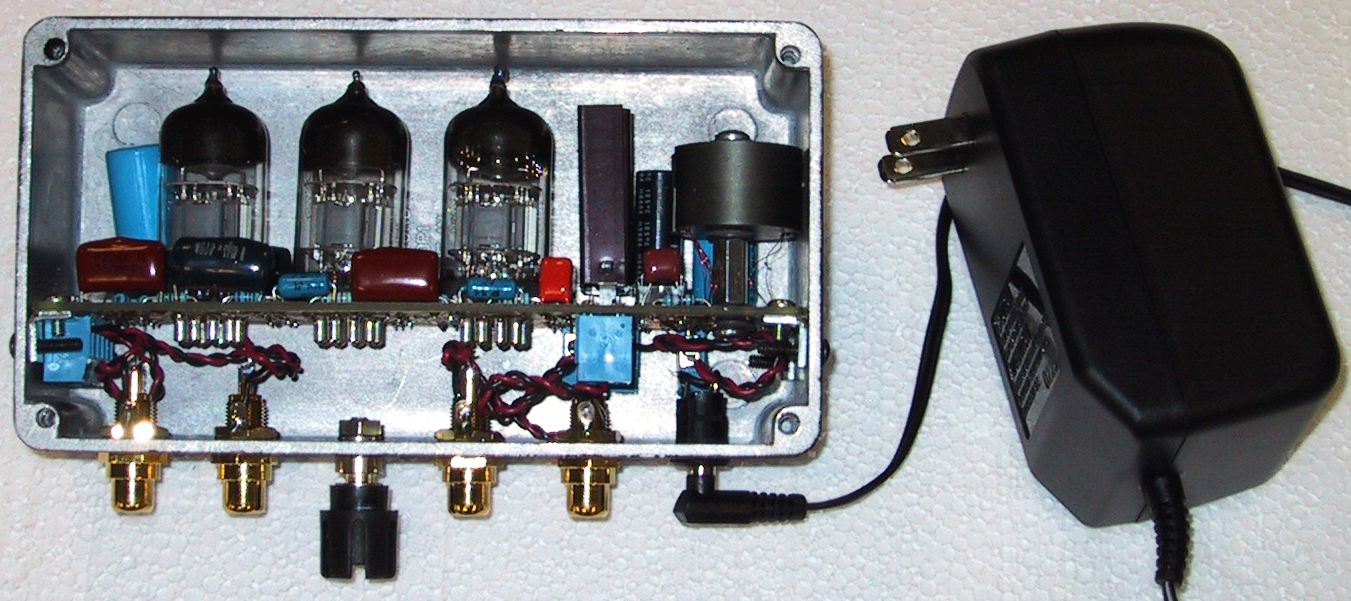

The word infrasonic refers to sound waves that are at or below the lower threshold of human hearing. Set the subsonic filter at about Fs or about 15 below the port tuning frequency (FO) whichever is higher. The term subsonic refers specifically to aircraft or projectiles traveling at less than the speed of sound, or 767.27 miles per hour. The use of an indestructible powdercoated die-cast enclosure ensures a maximum durability. First and foremost, the proper term for this feature is an infrasonic filter. Doublesided PCBs are designed, tested and assembled by KMA, to guarantee a high quality standard and keep the price of the pedals reasonable. Keep in mind that chords will sound glitchy, but charming anyway.Įvery pedal is designed, assembled, silkscreened, tested and numbered by hand in KMA's small workshop. 5 mA current draw).ĪTTENTION: The Moai Maea is an analog octaver and works monophonic only, not polyphonic! That means for a clean and perfect tracking, you have to play single notes because of the analog circuit design. Powered by an optional standard 9 V DC (max) PSU (negative center, 2.1 mm, approx. So if you are looking for a pedal to you that extra edge for your guitar sound, Moai Maea might well be the nirvana you’ve been looking for. You can turn on and off the higher octave by jumping on the SHRIEK switch and the sub-octave by the DRONE switch.
Subsonic on amp serial#
To expand your soundscapes, the pedal features a serial buffered FX-Loop, within the clean path, plus a phase inverter to avoid phase-cancelation when mixing signals this way. The Moai Maea also gives you the possibility to create an individual mix of each generated octave and the original signal. Choose between either the first (-I), the second (-II) or both together (-I/-II), which gives you the sought-after wall of sound. The sub-octaves turn your guitar into a filthy bass guitar with ground shaking lows.

The higher octave has an edgy and fuzzy character which is reminiscent of old late ‘60s early ‘70s octave-up tones, as used by legends like Hendrix or The Stooges. The pedal generates one higher octave and up to two sub-octaves, helping you generate a huge wall of sound by playing just one note. The KMA Machines Moai Maea is the answer to long forgotten analog octaver tones. It will let you feel the droning and shrieking of the mighty erupting Rano Raraku where the Moai Maea was born. Moai Maea, silent and solemn - venerated and mystified by a long forgotten ancient culture. I have no idea how good (or not good) the balanced receiver is on the amplifier input.For thousand of years they tower over the green meadows along the coast and the hillside of Rapa Nui. Thanks! Edit: Alternatively, I could do a balanced output signal if that would simplify everything, but I'd prefer to avoid it if it's not necessary. Do I just reference the op amp signals to the signal ground, tie the output RCAs to signal ground, and use chassis ground for the power supply portion? Do I need to tie the signal ground to my chassis ground? Could I somehow be creating a (unwanted) DC offset on the output? Or am I just overthinking everything here. I am a complete newbie with op amps, so I'm a little clueless here.
Subsonic on amp how to#
I figure an LT1054 should do the job? Then +9V and -9V linear regulators to get something stable? My main concern is I have absolutely no idea how to handle differences in signal ground (the RCA shield, this is an unbalanced signal) and chassis/power ground. Since I only have +12V for power, I'll need to generate a negative voltage rail. First a buffer, then the second-order high pass filter, then perhaps another buffer just in case. My idea is to use some op amps for the job. Since the subwoofer is very high power I really need to do this in the line-level RCA inputs to the amplifier. Basically I'm making a ported box for my subwoofer, and need to avoid overexcursion below the port tuning frequency. I'm working on designing a subsonic (~25Hz high pass) filter for car audio purposes.


 0 kommentar(er)
0 kommentar(er)
